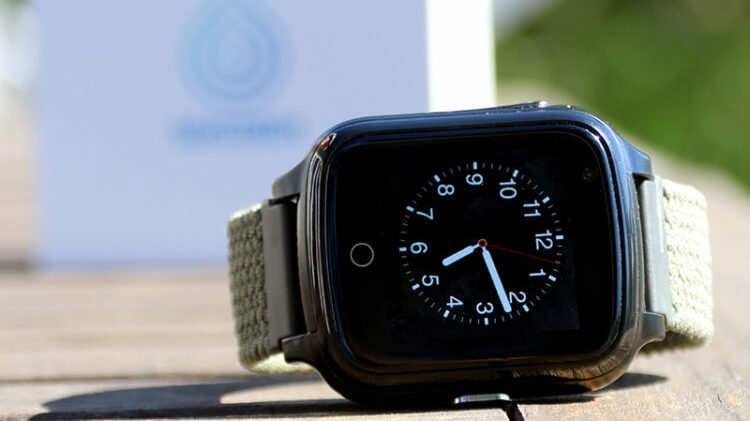How Does a Stroke Affect Life Expectancy?
Experiencing a stroke is often a life-changing event – not just for the person affected, but also for their loved ones. Beyond concerns about recovery and everyday function, a common question arises: How does a stroke affect life expectancy? The answer depends on several factors, and there is much that can influence both the outlook and the future.
What do the statistics say?
Stroke is one of the most common causes of death worldwide, especially among older adults. But the outlook is improving. Thanks to advances in emergency care, treatment, and rehabilitation, more people than ever are surviving strokes. Many go on to live for years afterward – though there is still a risk of reduced life expectancy, especially after a severe stroke or when other health issues are present.
What influences life expectancy after a stroke?
Several key factors come into play:
-
Severity of the stroke: A minor stroke may leave little lasting damage, while a major one can impact function and quality of life.
-
Speed of treatment: The faster medical care is given, the better the chance of minimizing brain damage.
-
Age at the time of stroke: Older individuals generally face higher risks of complications.
-
Other health conditions: Heart disease, diabetes, and high blood pressure can all affect recovery and long-term outcomes.
-
Lifestyle and rehabilitation: Stopping smoking, eating well, staying active, and following up with care all make a difference.
Can you influence the outcome?
Yes – absolutely. While certain things like age and the extent of initial damage can’t be changed, there’s still a lot that can be done to support recovery and improve long-term health:
-
Follow medical advice: Keeping blood pressure, cholesterol, and other risk factors in check is crucial.
-
Quit smoking: Smoking significantly increases the risk of another stroke.
-
Stay active: Even light exercise can benefit both physical and mental health.
-
Eat brain-friendly foods: A diet rich in vegetables, whole grains, fish, and healthy fats supports vascular health.
-
Attend follow-ups and rehab: Regular contact with healthcare professionals helps catch issues early and maintain progress.
A new chapter – not the end
A stroke changes life – but it doesn’t have to end it early. With proper care, support, and lifestyle changes, many people regain independence, quality of life, and hope for the future. The prognosis is personal, shaped not only by what happened during the stroke, but by the choices made afterwards.
A personal alarm that can be triggered at any time
Sensorem’s personal alarm can automatically trigger the alarm in the event of a fall and then automatically call relatives using the watch’s built-in speakerphone with two-way communication. The user can also trigger the alarm manually by pressing the physical alarm button. The personal alarm works outdoors and has built-in GPS positioning so that relatives can see the user’s position on a map in the Sensorem app.
SENSOREM’S PERSONAL ALARM CAN INCREASE SAFETY AFTER A STROKE

